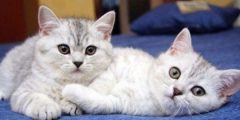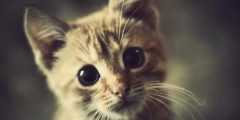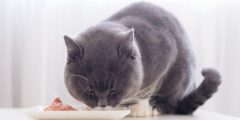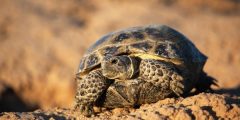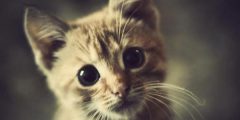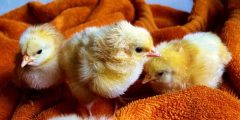the cats
Cats are considered one of the most popular pets in homes in the world, as most people prefer to raise them in their homes because of their cleanliness, quick training, and adaptation to life in homes, without causing any inconvenience. They are also loved by all family members, and they love to play and have fun. There are many different types of cats, and one of these famous types is the Persian cat, or what is also known as the Persian cat.
Specifications of Persian cats
There are three types of Persian cats: the moon face, the peaky face, and the Himalayan. The origins of the Persian cat, or Persian cat, go back to Persia (Iran). The average length of the Persian cat is approximately 60 cm, and its weight reaches 4.5 kilograms. As for the average lifespan The Persian Faisal cat sometimes reaches fifteen years of age.
The shape of the Persian cat
The Persian cat is distinguished by its long, soft fur, which is distinguished by its attractive colors that vary between gold, white, black, or orange. Most Persian cats have a round face and a very small nose, in addition to short feet and large eyes that distinguish them from other types of cats, which Making her one of the most beautiful cats in the world.
Persian cat traits
The Persian cat is known as a calm cat, with a gentle temperament. It loves to play and have fun safely with young and old children alike. It is also able to adapt to other types of animals that may be present in the house. Whether it's other cats, or different types of dogs.
Read also:What is cat food?
Diseases that affect the Persian cat
Due to the length and density of the Persian cat’s distinctive hair, this requires constant and continuous care for it, so that its hair does not pick up small insects or parasites that cause it to contract various diseases, as there are many diseases that may affect these cats, such as:
- Kidney failure, as the probability of contracting this disease increases as cats age, and its symptoms include frequent urination in cats.
- These cats are susceptible to weight loss, depression, and shortness of breath, as a result of the small size of the nose. Therefore, it is preferable to expose the cat to good ventilation, and avoid places where odors are unpleasant and annoying.
- The possibility of cats contracting eye diseases resulting from shortened tear ducts, which is why it is preferable to clean cats’ eyes continuously, to avoid them contracting diseases.
- Due to the thickening of the heart wall on the left side, the Persian cat is susceptible to heart disease, especially when gaining weight and advancing age, sometimes reaching the stage of sudden death.


